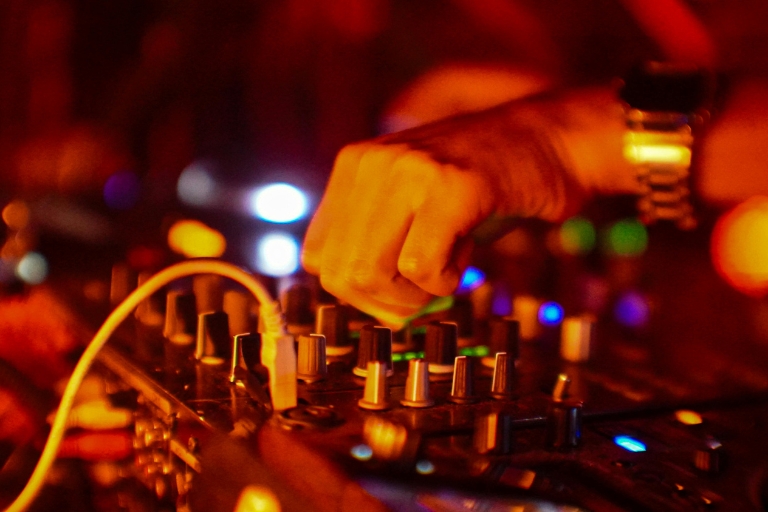Music is more than background noise—it’s an experience that shapes moods, cultures, and communities. Over the past decade, the way we discover, consume, and interact with music has changed dramatically. Today, listeners have access to millions of tracks at their fingertips, while artists have more opportunities than ever to reach audiences worldwide. But what does this mean for music as an art form, and how are trends shaping the sounds we hear every day? Let’s explore the evolving landscape of modern music.
The New Era of Music Discovery
Music discovery has shifted from radio and physical albums to digital platforms and social media. Streaming services like Spotify, Apple Music, SoundCloud, and YouTube have revolutionized how listeners find new tracks. Personalized algorithms recommend songs based on listening habits, allowing fans to explore genres they may never have considered.
Playlists are no longer just collections of songs—they are cultural statements. From mood-based playlists like “Chill Vibes” to emerging artist showcases, these collections highlight trends and help shape the future of music. Listeners can now become curators themselves, creating and sharing playlists that influence others’ tastes, essentially becoming part of the music ecosystem.
Independent Artists and Global Collaboration
The rise of digital distribution has given independent artists unprecedented access to the global stage. Musicians no longer need major record labels to succeed. With platforms like Bandcamp, TikTok, and Instagram, talented creators can reach fans directly. This independence encourages experimentation, pushing boundaries beyond traditional genres and sounds.
Global collaboration is also on the rise. Artists from different countries and musical traditions are joining forces, producing tracks that blend diverse styles. For example, collaborations between Latin pop stars and K-pop idols or the fusion of Afrobeat with electronic music illustrate how interconnected the music world has become. These collaborations not only introduce listeners to new sounds but also foster cultural appreciation across borders.
Social Media: Amplifying Music Beyond Listening
Social media has become a powerful tool for both promotion and engagement. A viral TikTok challenge or Instagram Reel can propel a song to global recognition within days. Fans participate by creating their own content, contributing to the song’s popularity and cultural footprint.
This trend has also changed the way artists create music. Short, catchy hooks or danceable beats are now crafted with social sharing in mind. While some critics argue this may compromise artistic integrity, it also reflects music’s role in social connection. Today, a song’s reach extends far beyond audio platforms—it becomes part of everyday life and digital culture.
Live Music: The Irreplaceable Experience
Even in a digital-first world, live music remains vital. Concerts, festivals, and intimate gigs offer experiences that cannot be replicated online. Live events create an emotional connection between artists and fans, turning music into a shared experience.
Innovations in stage design, lighting, and immersive technology are transforming concerts into multisensory experiences. Fans don’t just hear music—they see it, feel it, and sometimes even interact with it. Whether it’s a massive stadium performance or a small acoustic session, live music reminds us of the communal power of sound.
Music and Emotional Connection
At its core, music is about emotion. A melody can evoke nostalgia, energize a workout, or soothe a restless mind. Listeners connect with lyrics, harmonies, and rhythms that reflect personal experiences or aspirations. This emotional bond explains why people follow artists passionately, attend concerts repeatedly, and form communities around shared musical tastes.
Music is also a tool for mental well-being. Studies show that listening to music can reduce stress, improve focus, and even enhance cognitive abilities. It’s not just entertainment—it’s therapy, motivation, and companionship rolled into one.
Technology and the Future of Music
Looking forward, technology promises to redefine music even further. AI is being used to compose, remix, and master tracks, allowing artists to experiment in ways previously unimaginable. Virtual and augmented reality concerts offer immersive experiences, enabling fans to attend performances from their homes while feeling part of the live environment.
Despite these innovations, traditional elements like vinyl records, live instruments, and intimate performances continue to thrive. The future of music will likely be a balance of innovation and authenticity, blending cutting-edge tools with human creativity.
Final Thoughts
The music landscape today is diverse, dynamic, and full of opportunities. Listeners have more power than ever to explore, shape, and share the sounds they love. Artists are freer to experiment, collaborate, and connect with fans in meaningful ways. Technology enhances these possibilities, but the heart of music remains unchanged—it is about emotion, connection, and cultural expression.
In a world overflowing with noise, music continues to stand out as a force that unites us. Whether you’re discovering a hidden indie gem, dancing to a viral pop hit, or experiencing the magic of a live performance, music remains a universal language that transcends barriers. And that is why it will always inspire, connect, and transform lives.



